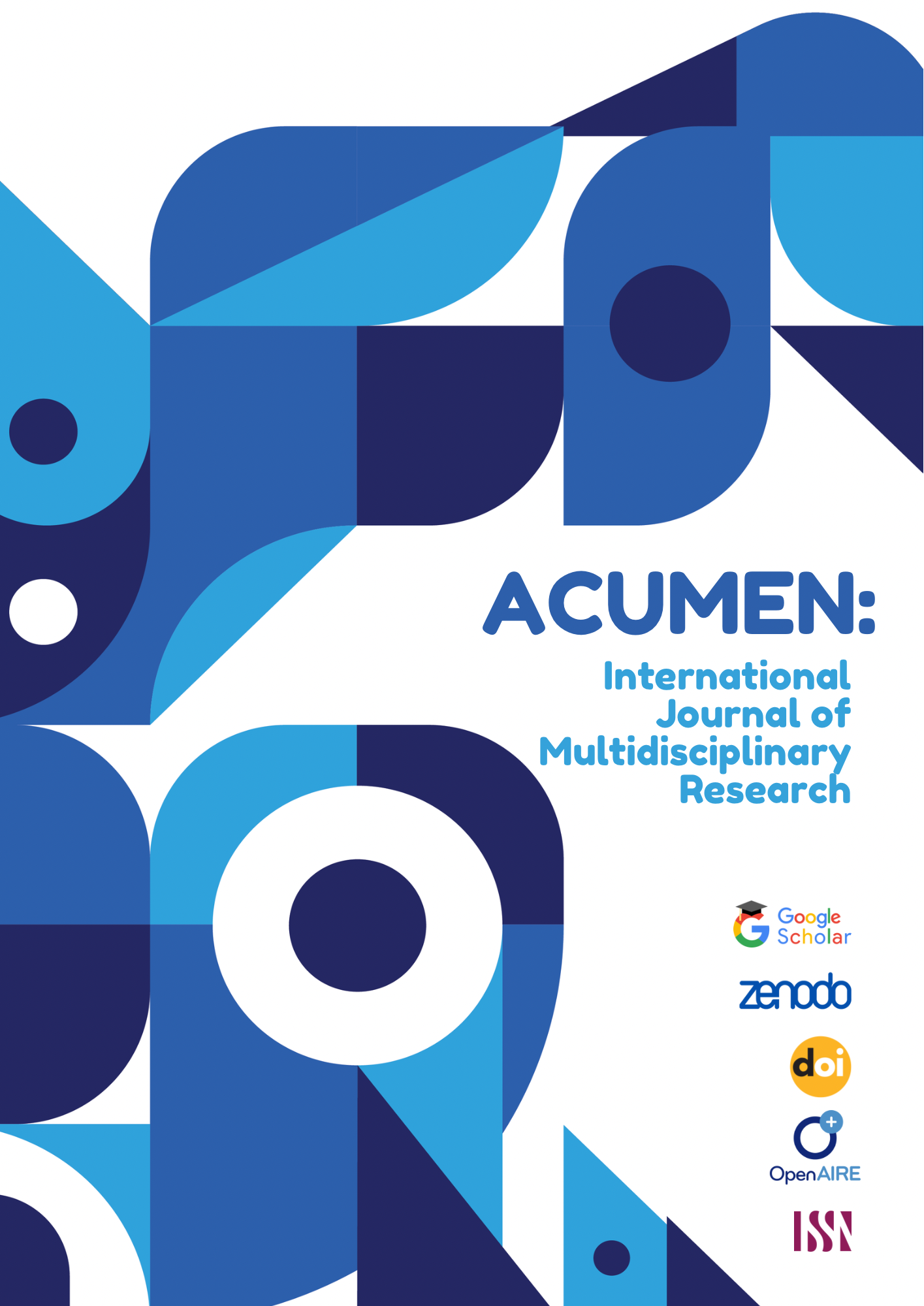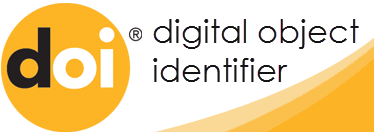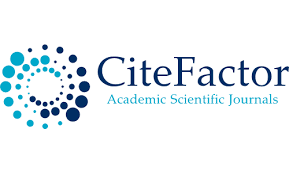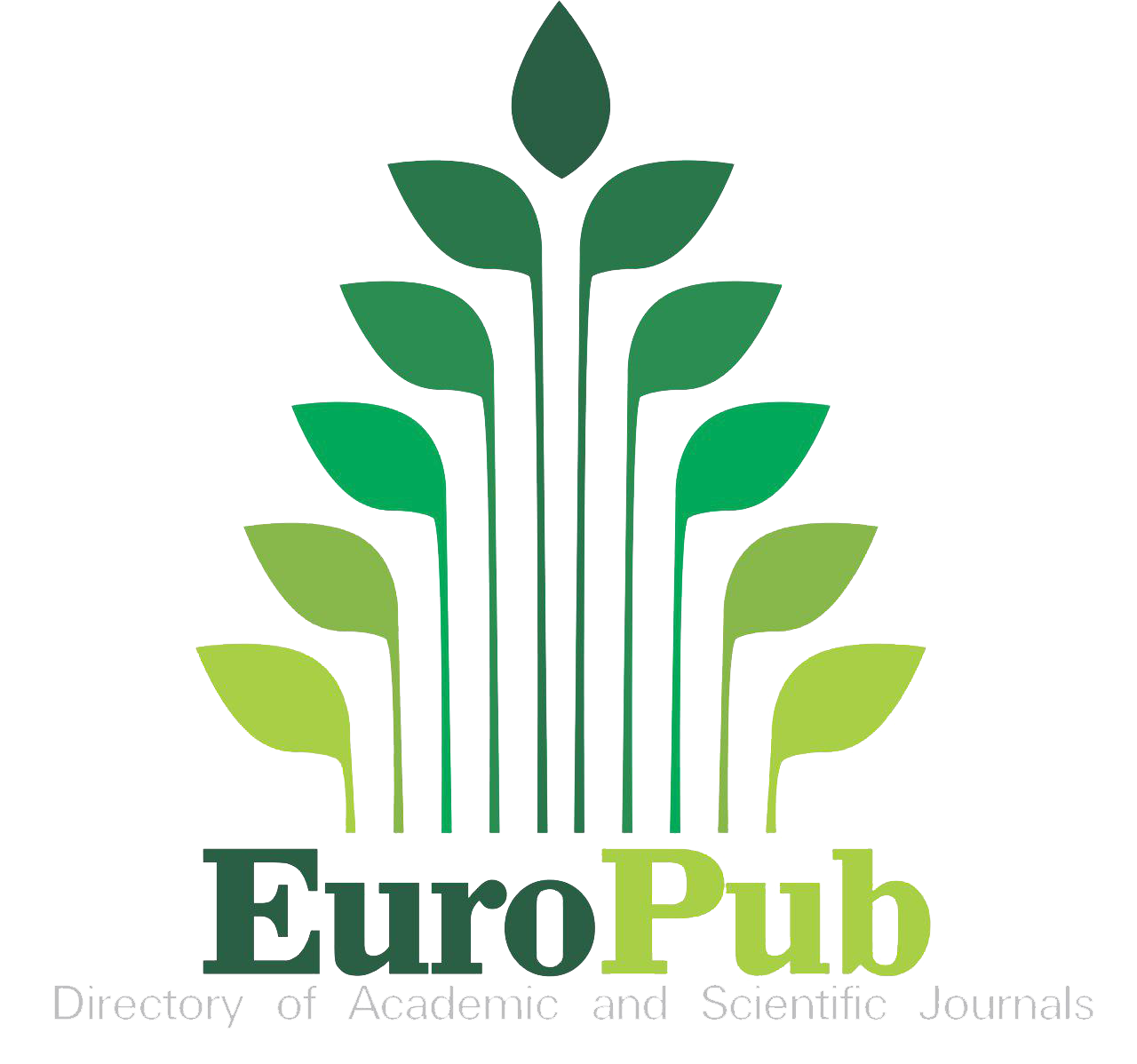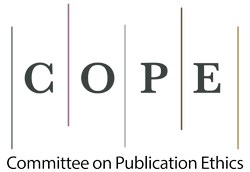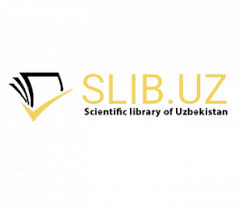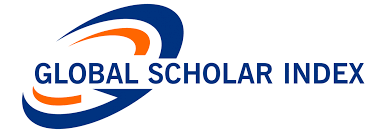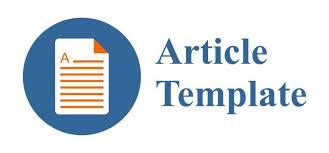UNSETTLING RACE AND LANGUAGE
Keywords:
Race, language, linguistic discrimination, sociolinguistics, identity, code-switching, racialized language, linguistic justice, accent bias, cultural identityAbstract
The relationship between race and language is deeply intertwined, influencing social identity, power structures, and cultural perceptions. Language often serves as a marker of racial identity, shaping how individuals are perceived and treated within society. This article explores the ways in which language reinforces racial hierarchies, the impact of linguistic discrimination, and the role of language in both marginalization and empowerment. By examining historical and contemporary perspectives, this discussion highlights the unsettling intersections of race and language in a globalized world.
References
1. Kabilova Sayyora Abdukarimovna. (2023). THEORETICAL FOUNDATIONS OF THE STUDY EUPHEMISMS. Proceedings of International Conference on Modern Science and Scientific Studies, 2(6), 119–123. Retrieved from https://econferenceseries.com/index.php/icmsss/article/view/2256
2. Sayyora, Kabilova. "Metaphor in Newspapers." JournalNX, vol. 7, no. 1, 2021, pp. 210-214.
3. Ahmed, Sara (2012). On being included: Racism and diversity in institutional life. Durham, NC: Duke University Press.Google Scholar
4. Alim, H. Samy (2016). Introducing raciolinguistics: Racing language and languaging race in hyperracial times. In Alim, H. Samy, Rickford, John, & Ball, Arnetha (eds.), Raciolinguistics: How language shapes our ideas about race, 1–30. New York: Oxford University Press.CrossRefGoogle Scholar
5. Alim, H. Samy, & Reyes, Angela (2011). Complicating race: Articulating race across multiple social dimensions. Discourse & Society 22(4):379–84.CrossRefGoogle Scholar
6. Alim, H. Samy, & Smitherman, Geneva (2012). Articulate while black: Barack Obama, language, and race in the US. New York: Oxford University Press.Google Scholar
7. Aneja, Geeta (2016). Rethinking nativeness: Toward a dynamic paradigm of (non)native speakering. Critical Inquiry in Language Studies 13(4):351–79.CrossRefGoogle Scholar
8. Avineri, Netta; Johnson, Eric; Brice-Heath, Shirley; McCarty, Teresa; Ochs, Elonor; Kremer-Sadlik, Tamara; Blum, Susan; Zentella, Ana Celia; Rosa, Jonathan; Flores, Nelson; Alim, H. Samy & Paris, Django (2015). Invited forum: Bridging the ‘language gap’. Journal of Linguistic Anthropology 25(1):66–86.Google Scholar
9. Bamgbose, Ayo (1983). Education in indigenous languages: The West African model of language education. The Journal of Negro Education 52:57–64.CrossRefGoogle Scholar

